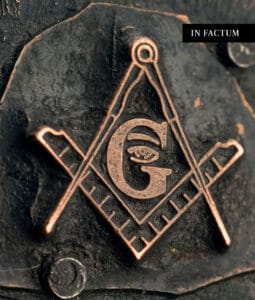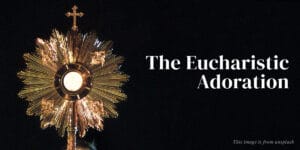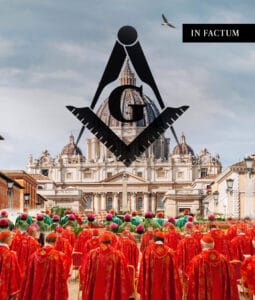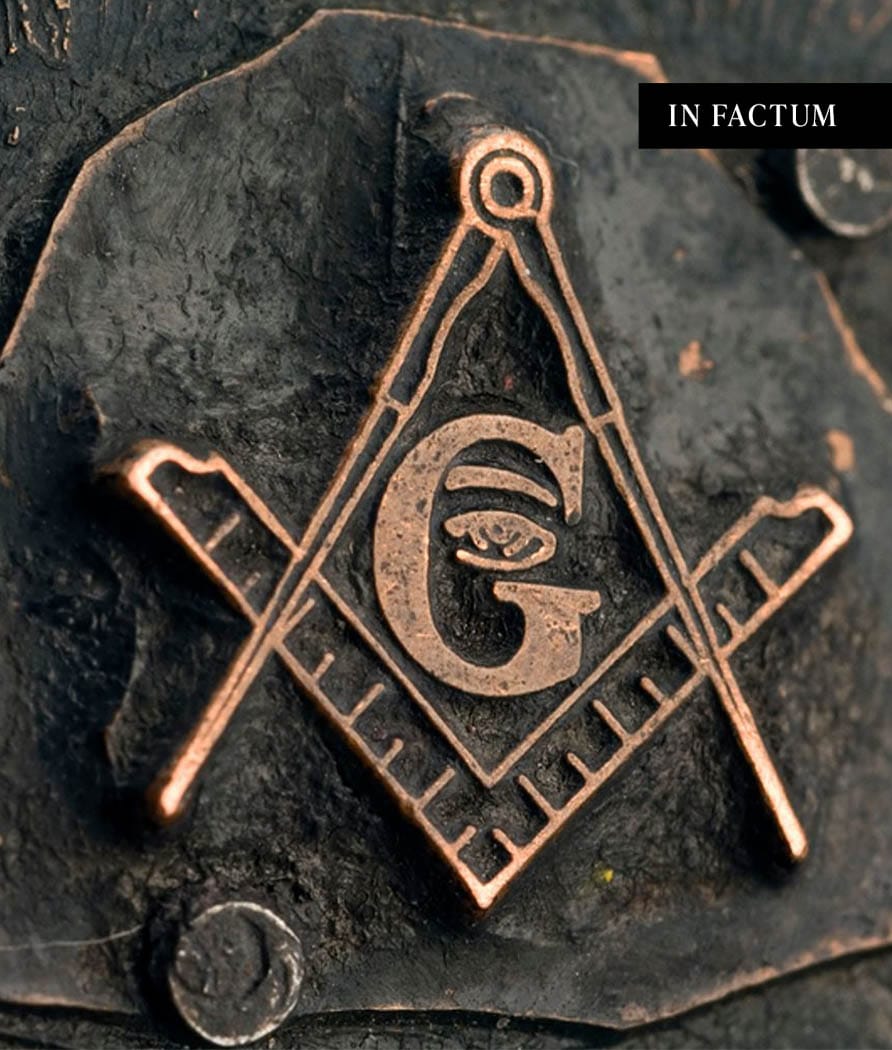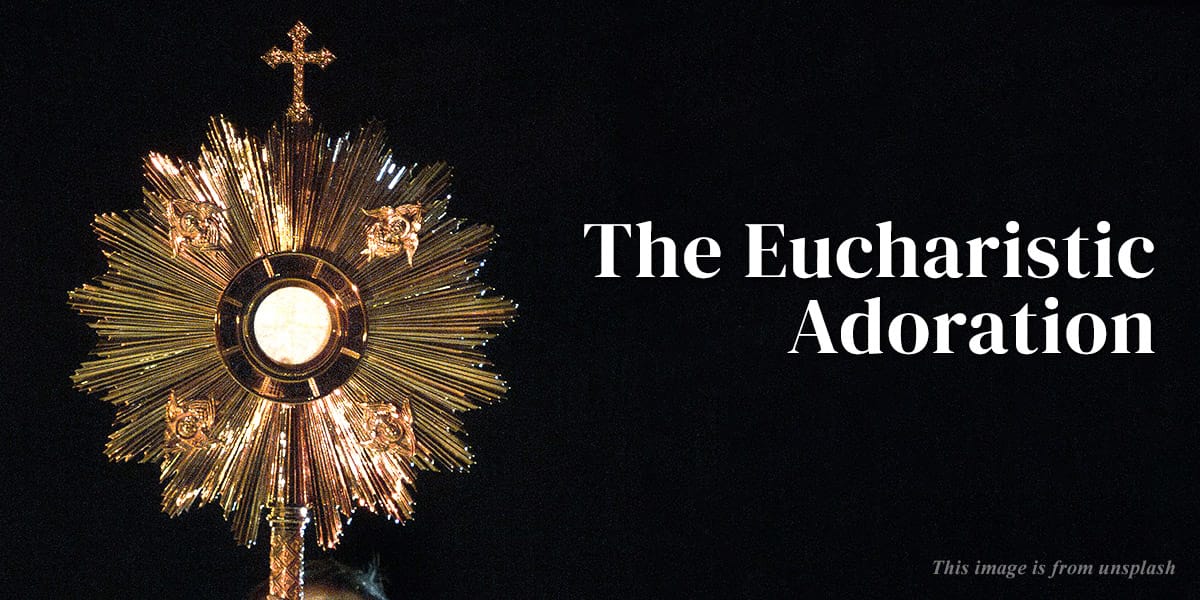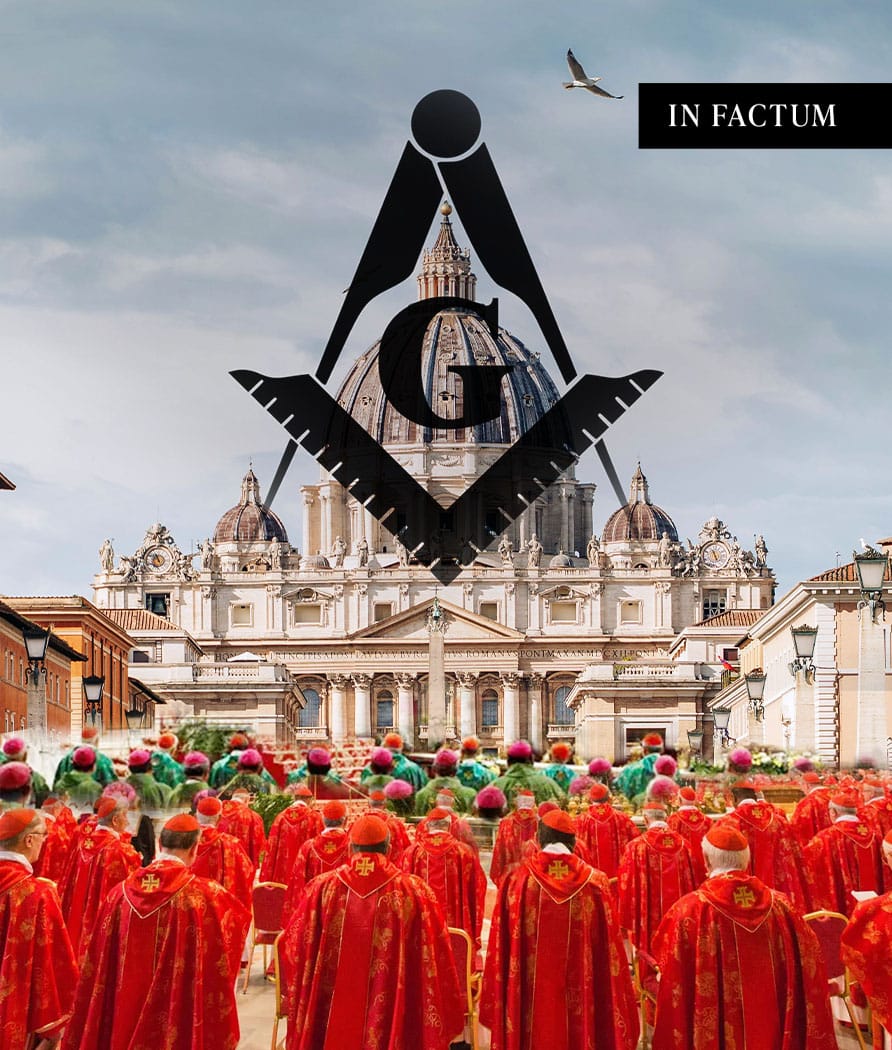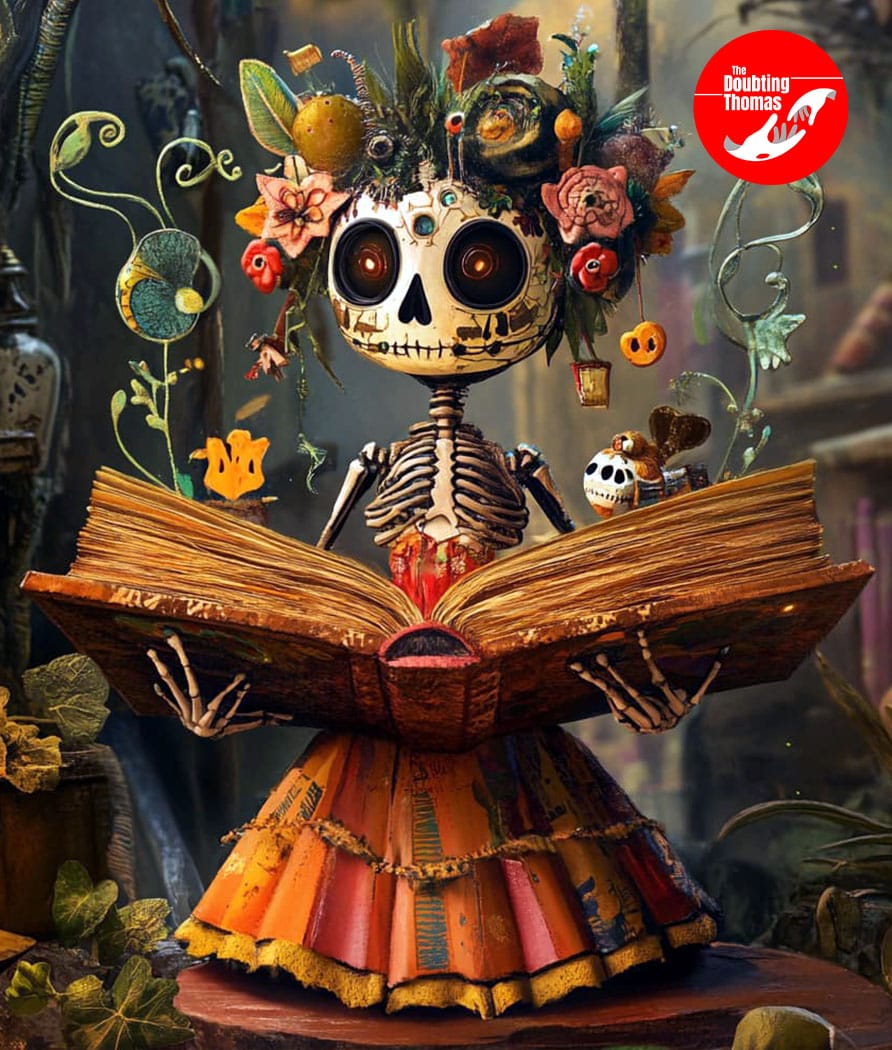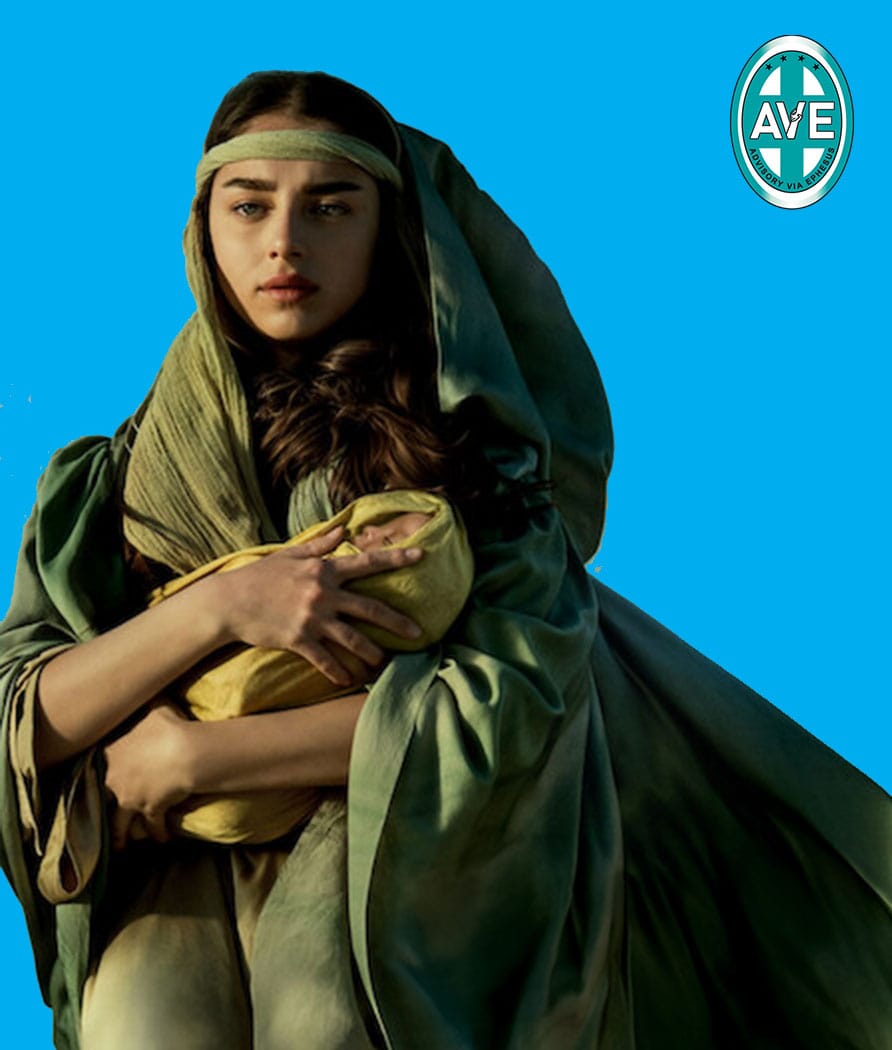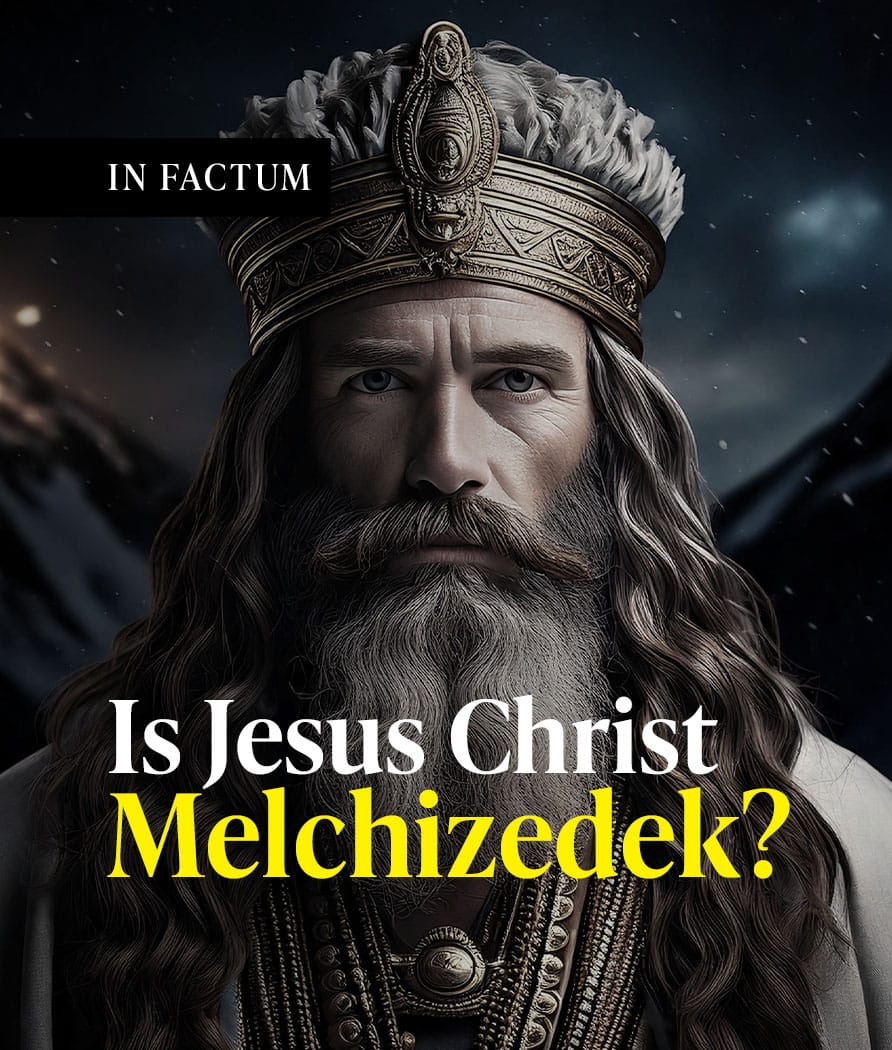Other name of this festival is “Alay”, from the Filipino word for “offering”, wherein the people gathered flowers and offer it to the image of the Blessed Virgin Mary. This festival was held in the whole Month of May starting from May 3 until the end of the Month. In the Bicol Region, the feast was celebrated by reciting the Holy Rosary, Salve Regina and the Litany of Loreto. While in the Western Visayas, the Image of Mary was venerated in chapels and churches. Then they gather children to have a simple catechism and teachings especially about the life and story of the Blessed Virgin and her apparitions. The children also offers flowers before the image of the Blessed Virgin Mary, which is a commemoration reminiscent of the Our Lady of Fatima. In the Tagalog region, the custom began after the proclamation of the dogma of the Immaculate Conception in 1854 and after the publication of Mariano Sevilla’s 1867 publication circa translation of devotional “Flores De Maria”. One example is in Lipa, Batangas, where there’s a nightly devotion honoring the Blessed Virgin Mary by offering flowers and prayers before the image of the Blessed Virgin.
Santacruzan is also held on the last day of the Flores De Mayo. Santacruzan is derived from Spanish of “Holy Cross”, which honors the finding of the True Cross by Saint Helena of Constantinople, the mother of the Roman emperor Constantine the Great. The Santacruzan started in the mid-1800s and was first held in Malolos, Bulacan.
Many people think that this feast is a beauty pageant or a parade. But this parade is not without its meaning. Some of the region and cities which celebrates the Santacruzan still stick to its true purpose, to commemorate the finding of the Cross. Here are the biblical figures and traditional personifications in the parade arranged in order:
- Methuselah – Shown as a bearded, old man bent with age. He is depicted as riding a cart while toasting grains of sand in a pan over fire. This symbolizes that we weill go back to dust.
- Reina Banderada – A young lady dressed in a long gown carrying a yellow triangular flag. She represents the arrival of Christianity.
- Aetas – Dressed as a member of a tribal or regional ethnic group. It represents the Filipino pagans before the arrival of Christianity.
- Reina Mora (Queen of Moors) – Represents the Muslims which were followers of the dominant religion before the arrival of Christianity.
- Reina Fe – She symbolizes the Virtue of Faith, one of the Three Theological Virtues. She carries the cross.
- Reina Esperanza – She symbolizes the Virtue of Hope, one of the Three Theological Virtues. She carries an anchor.
- Reina Caridad – She symbolizes the Virtue of Charity, one of the Three Theological Virtues. She carries a red heart.
- Reina Abogada – the defender of the poor and the oppressed. She wears a black graduation cap, graduation gown and carries a large book. Her appearance is a representaion of Mary, Help of Christians.
- Reina Sentenciada – She stands for the Early Christians who were persecuted and martyred, which her hands was bound by a rope and accompanied by two roman soldiers.
- Reina Justicia – a personification of the “Mirror of Justice”. She carrries a weighing scale and a sword.
- Judith – represents the bibilical widow Judith of Bethulia, who saved her city from Assyrians after she slayed the curel general Holofernes. She carries the head of Holofernes in one hand and a sword in the other.
- Reina Sheba – represents the queen who visited King Solomon who was overwhelmed by his widsom, riches and power. She Carries a jewelry box.
- Reina Esther – the jewish queen of Persia who spared her countrymen from death destruction through timely intervention with King Xerxes. She carries a scepter.
- Samaratina – the biblical woman in the well with whom Jesus Christ conversed. She carries a water jug on her shoulder.
- Santa Veronica – the biblical woman who wiped the face of our Lord Jesus Christ who bears a veil. She carries a cloth imprinted with the Three Faces of Jesus Christ.
- Tres Marias
- Mary of Magdala – she carries a bottle of perfume.
- Mary, Mother of James – she carries a bottle of oil.
- Mary, Mother of Christ – She carries a handkerchief.
- Marian – Celebrating the titles of the Blessed Virgin Mary:
- AVE MARIA – represented by eight girls weaing long white dress and wings. Each one of these girls carries a letter to complete the word “AVE MARIA”.
- Divina Pastora (Divine Shepherdess)– she carries the sheperdess’ staff.
- Reyna De Las Estrellas (Queen of Stars) – she carries a wand with a star.
- Rosa Mystica (MystIcal Rose) – She carries a bouquet of flower.
- Reyna Paz (Queen of Peace) – holds a dove, real or 3D image.
- Reyna De Las Profetas (Queen of Prophets) – carries an hourglass.
- Reyna Del Cielo (Queen of Heaven) – she carries a flowers and accompanied by two children dressed as angels.
- Reyna de las Virgines (Queen of Virgins) – she carries a rosary or a lily that signifies chastity. She was also accompanied by two chidren dressed as angels.
- Reyna de las Flores (Queen of Flowers) – The queen of the Flores De Mayo. She carries a bouquet of flowers.
- Reyna Emperatriz (Queen Empress) – a representation of Saint Helena of Constantinople, a queen.
- Reyna Elena (Queen Helena) – also represents Saint Helena. She carries a small cross and accompanied by a boy called “Constantino” that represents Emperor Constantine.
Even though the feast of finding the Cross was abolshied by Pope John XXIII in 1960s. This tradition still continues in the Philippines.

